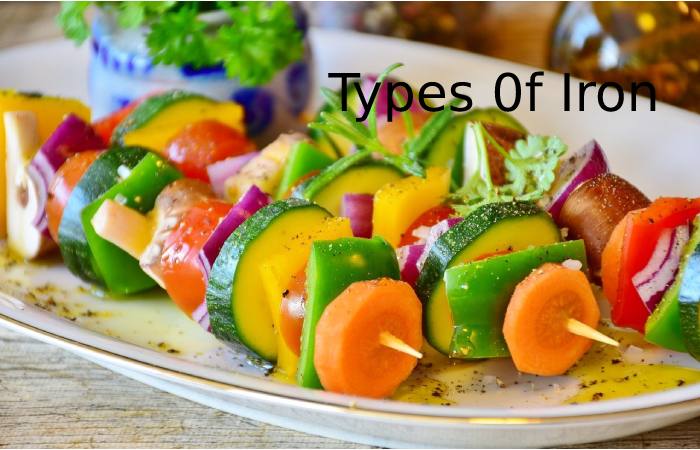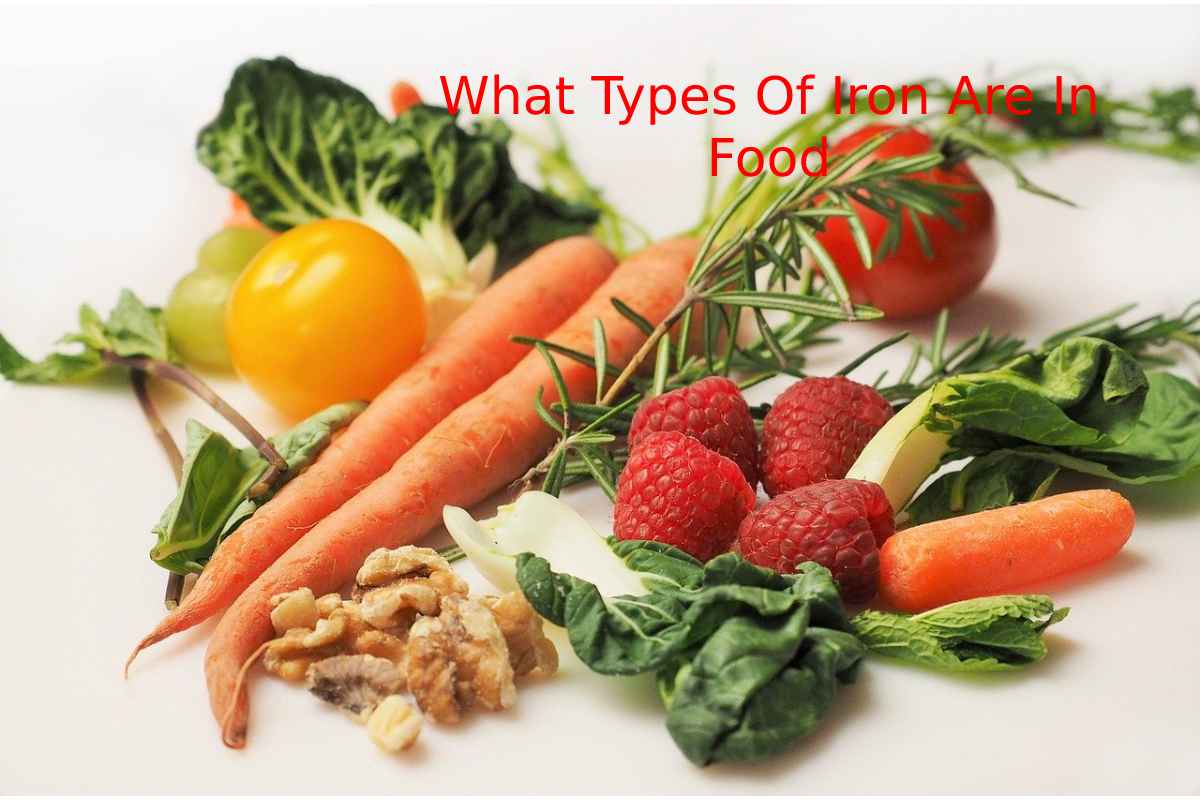Table of Contents
Introduction
Iron is essential for the progress and development of our bodies, but not everyone needs the same amount of this mineral.
The daily recommendation varies significantly by age and gender and depends on whether or not you follow a primarily vegetarian diet.
Iron deficiency is a prevalent cause of disease in the world. When people do not have enough, they can have ashen skin. Quickly fatigue and suffer from headaches or suffer from iron insufficiency anaemia.
But foods have different types of iron, and the body does not absorb the mineral as easily from both sources. So how can we make sure we get enough?
How Much Do We Need And For What?
Most of the iron in our bodies is present in red blood cells, primarily as a component of the protein haemoglobin. Its primary purpose in this situation is to transport oxygen in the blood to distribute it from the lungs to the body’s different tissues.
The rest of the it is mainly found in myoglobin, a protein that supplies oxygen to muscles, and ferritin, which is iron store primarily in the liver, spleen, and bone marrow.
Our body generally tends to save the iron content as much as possible:
unlike other minerals, it does not need to be excreted, and only tiny amounts are lost through urine and sweat.
In addition, it is the physiological need for iron in our body that regulates its absorption to a certain extent. That means that people deficient in iron tend to absorb it from food more efficiently and in greater amounts than healthy people.
Iron absorption is almost always more excellent:
- during growth, as body size and blood volume increase,
- during pregnancy, to meet the additional needs of the baby and
- after drain it includes menstruation.
For example, the maintained data from US National Institutes of Health (NIH),
- A strong and healthy man above 19 per day needs about 8gm of iron.
- a child 4 to 8 years old wants about 10 mg
- a woman between 19 and 50 should take about 18mg and
- a pregnant woman needs about 27mg
According to information from the FAO, the Food and Agriculture Organization of the United Nations, the dietary needs for iron are almost ten times greater than the physiological needs of our body: that is, to absorb 1 mg of iron per day, it would be necessary to consume in the diet about 10 mg, to have a good safety margin.
Types 0f Iron

There are two types of , depending on its animal or vegetable origin.
The one of animal origin is call heme or heme (referring to the blood) and is very easily absorb by the human body.
All meats have it, especially red meats, and it is found in large quantities store in the liver and in the viscera.
Heme iron is found in beef, pork, lamb and its derivatives (ham, pâtés, black pudding), poultry (chicken, turkey), eggs, fish and shellfish (cod, sardines, prawns, anchovies, etc.).
On the other hand, non-heme of plant origin is much more difficult for our body to absorb.
Some plant foods containing the most iron are spinach, beans, peas, lentils, collard greens, and apricots (also called apricots or apricots).
According to NIH data, as non-heme it is more tough to absorb, vegetarians need to consume nearly twice the recommended daily amounts of iron for each age.
How Can We Absorb It Better?
Certain foods can enhance or decrease the absorption of plant-based on.
Vitamin C (or ascorbic acid) favours this absorption, while alkaline substances, phosphates, lignin, oxalates, phytates or tannins such as coffee or tea reduce it.
So if you want to get the most out of an excellent nutritious dish of lentils, better accompany them with orange juice and not with tea.
The same if you take supplements.
Foods Of Animal And Vegetable Origin Rich In Iron.
Foods with higher iron content
- red meat
- Birds
- fish and shellfish
- Eggs
- Quinoa
- Legumes (lentils, beans, peas)
- Green leafy vegetables (spinach, collard greens)

